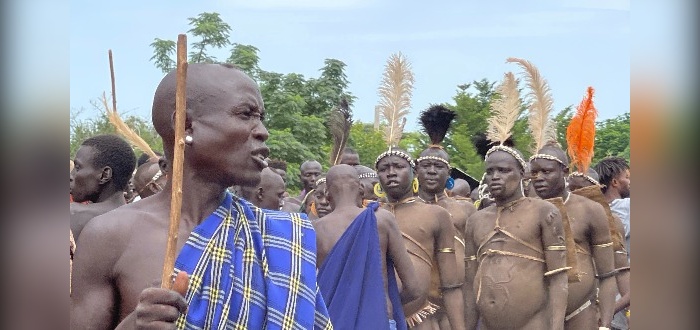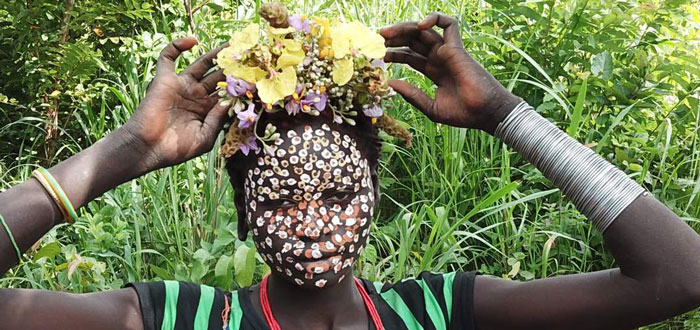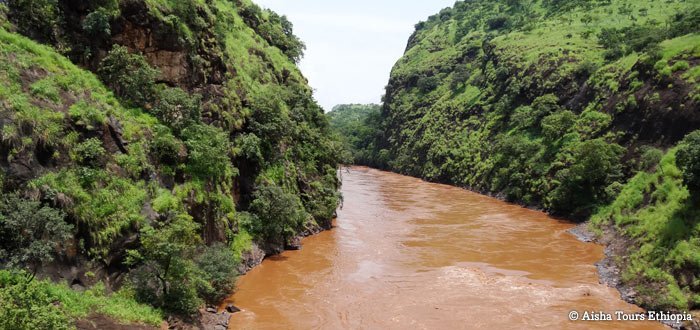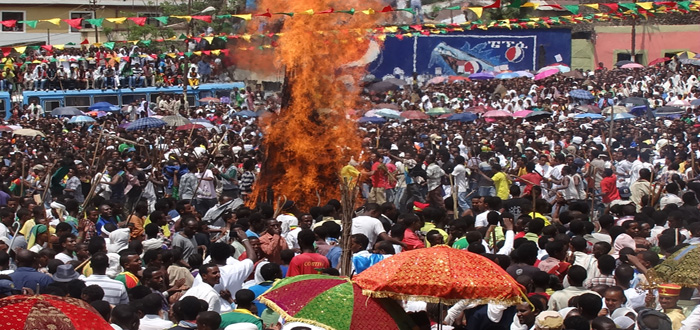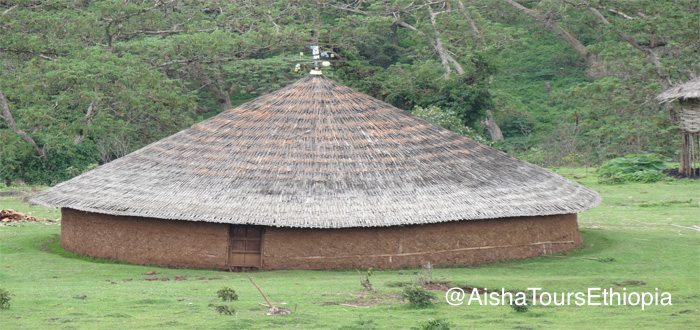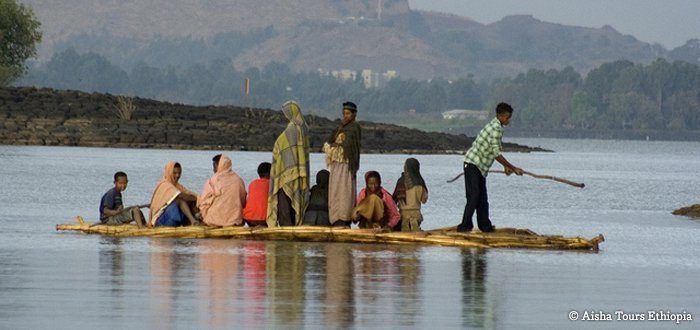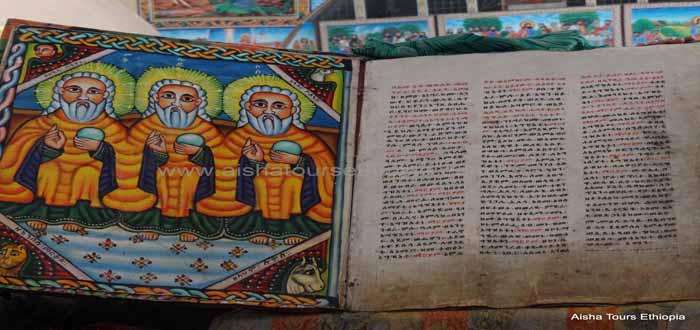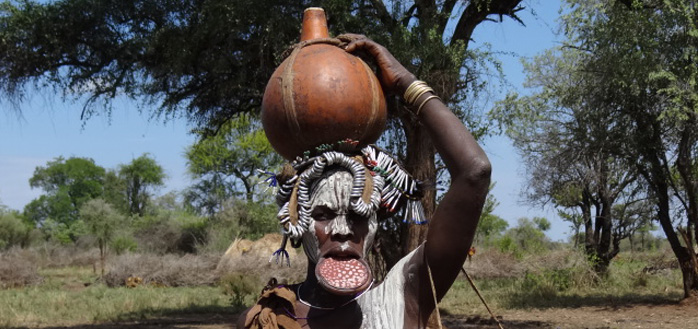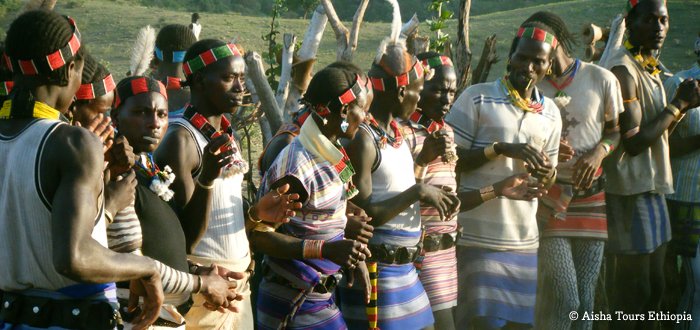The Arbore people
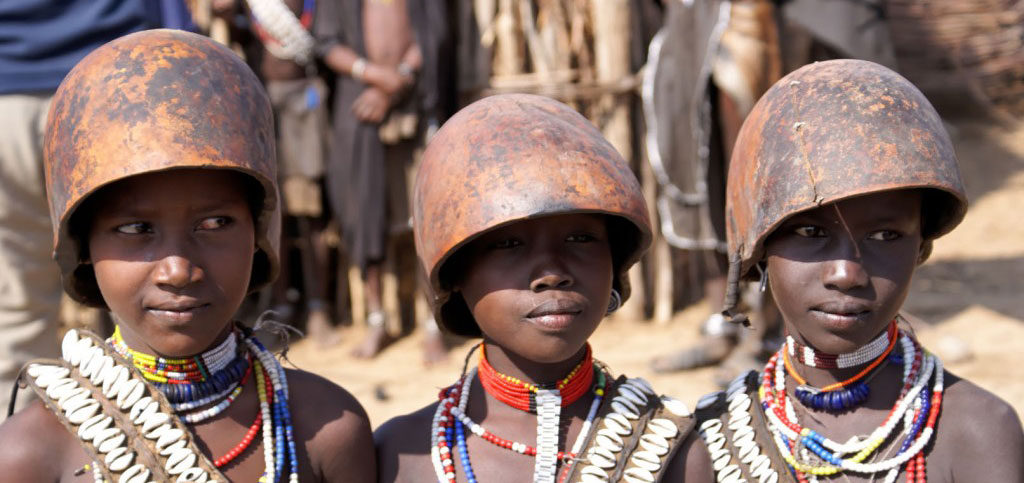
The Arbore people live in the village of Trees who is the ultimate outpost of southern Ethiopia to face the Kenyan border . Seasonal flooding of the river Weito create an oasis linear , thin strip of fertile land to desert torn on which sported cultivate sorghum and corn indispensable to their survival . These banks periodically revitalized by the silt deposited , also provide good grazing for livestock, the second pillar of the local economy. Although they depend to a large extent these agricultural resources, Raised consider themselves more as pastors as farmers. Cows , goats and sheep , which are the unit of measurement for all business transactions , are essential to any man wishing to marry capital.
Trees are the number approximately 5,500 , divided into two branches: Marle and Gandaroba . The Trees are from the combination of several ethnic groups amalgamated over time to form one people. Mixed marriages with girls from other tribes, are still the rule, so that every man can find a wife among the Borana , the Dassanech , the Rendille , where he actually wants as long as it is not in hamer enemies . The oral tradition , in fact, attributes the origin of this people to mythical ancestors sent by the god Waq to build the first villages on both banks of the river. Most Trees claim descent ancient lineages Borana .
The social organization of Trees is supports the system of age classes. Different generations , each of which is divided into four classes , succeed to power every forty years. Political leaders have a duty to do justice , to maintain good relations with neighboring peoples and settle property relations on the land and animals. Fields are distributed seasonally between families, compelled to respect customary rules , so that individuals convicted of negligence in the operation of the plot allocated to them at risk of exclusion of the distribution and can be sentenced to severe punishments such as flogging .
